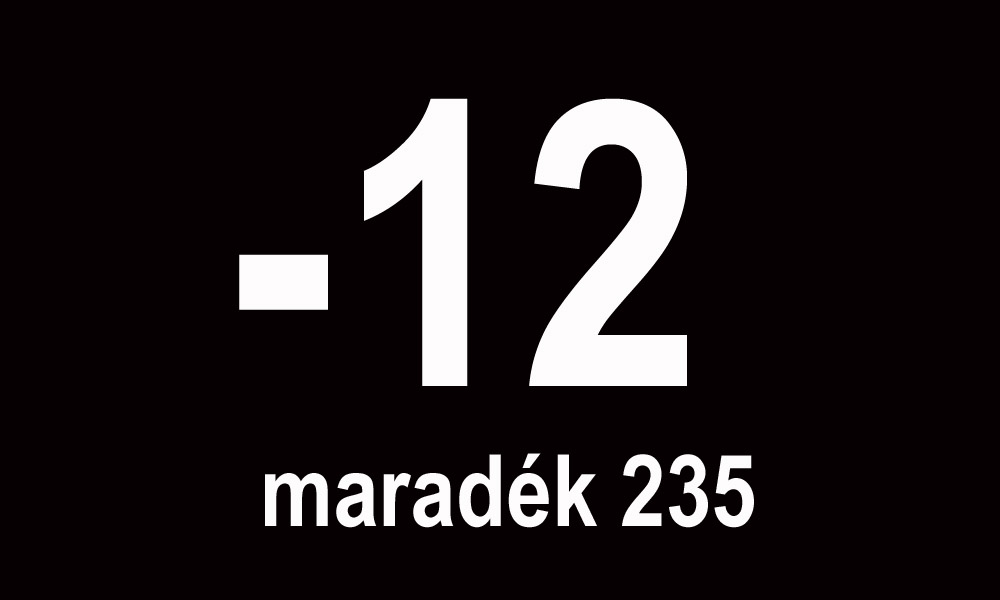During the Communist period in East-Central Europe, when people talked about “homelessness,” they were speaking of a spiritual or political condition – of being in exile from their country of origin or feeling homeless in their own country because of the presence of Soviet troops. At that time, there were few people living on the street. Everyone had to have an address. Homelessness did not officially exist.
Today it’s another matter. For many of the same reasons that homelessness increased in the United States in the 1980s, the phenomenon has intensified in East-Central Europe. In Hungary, for instance, there are around 30,000 homeless people, many of them in Budapest. People sleeping in the underground entrances to the subway or bundled under street arcades are a common sight.
“The structural roots of homelessness are very much similar in Hungary and in the United States,” explains Hungarian activist Balint Misetics. “In this respect, the transition to free market capitalism in the early 1990s could be seen as a parallel to the neoliberalization of the U.S. state, and it is possible to identify similar structural processes behind the emergence of mass homelessness in the 1980s in the United States, and a decade later in Hungary.” There was also both deinstitutionalization (the release of people from institutional settings such as hospitals and treatment centers) and decriminalization of behaviors like “vagrancy” in the U.S. context and “unemployment” in Hungary under Communism, which previously had been used to put homeless people behind bars.
But Misetics continued, “the most important factors are de-industrialization and the corresponding loss in stable, manufacturing jobs, considerable state withdrawal from housing policy, and the destruction of cheap intermediary housing forms for very low-income people, SROs in the United States, and workers’ hostels in Hungary.”
more: HuffingtonPost

 MMA countdown – Free Artists welcomes the resigned MMA-members!
MMA countdown – Free Artists welcomes the resigned MMA-members! TRANSZPARENCIÁT!
TRANSZPARENCIÁT!